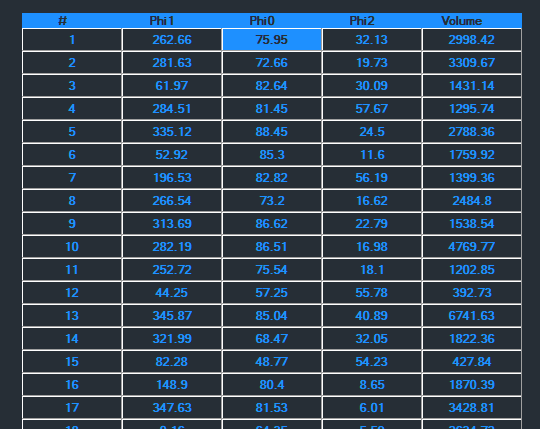-
Beta Was this translation helpful? Give feedback.
Replies: 1 comment 1 reply
-
|
It's a vague question, but I will assume that you want to create a statistically-equivalent RVE. I think that Volume corresponds to the surface area of a grain on the EBSD map. Note that, for a 3D polycrystal, it is not necessarily representative of the volume of the corresponding grain. So, you could just disregard the volume data and use only the orientation. If you want to use the volume data, targeting a given number of grains in the RVE, you could write a script to randomly pick orientations from the experimental data by taking into account the associated volume/weight (the higher the weight, the more likely the orientation to be picked). |
Beta Was this translation helpful? Give feedback.

It's a vague question, but I will assume that you want to create a statistically-equivalent RVE.
I think that Volume corresponds to the surface area of a grain on the EBSD map. Note that, for a 3D polycrystal, it is not necessarily representative of the volume of the corresponding grain.
So, you could just disregard the volume data and use only the orientation.
If you want to use the volume data, targeting a given number of grains in the RVE, you could write a script to randomly pick orientations from the experimental data by taking into account the associated volume/weight (the higher the weight, the more likely the orientation to be picked).